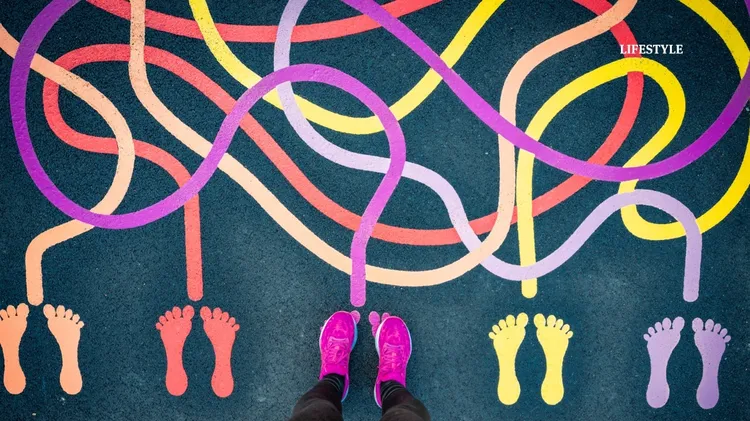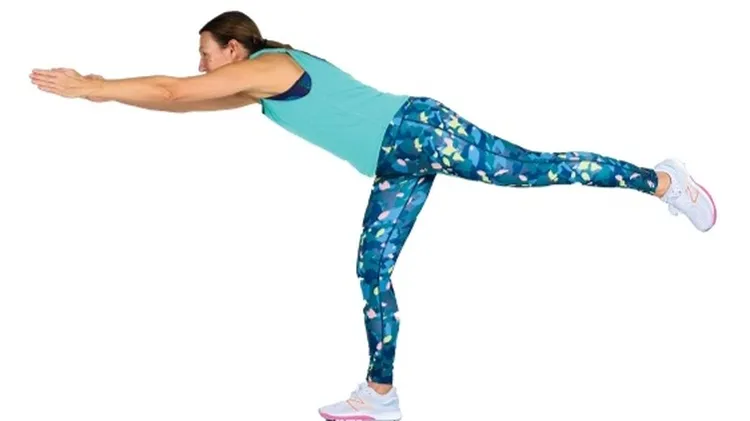Keep your cardiovascular system in tip-top shape with these expert-approved wor
Young at heart
4 min read
This article is from...
Read this article and 8000+ more magazines and newspapers on Readly






